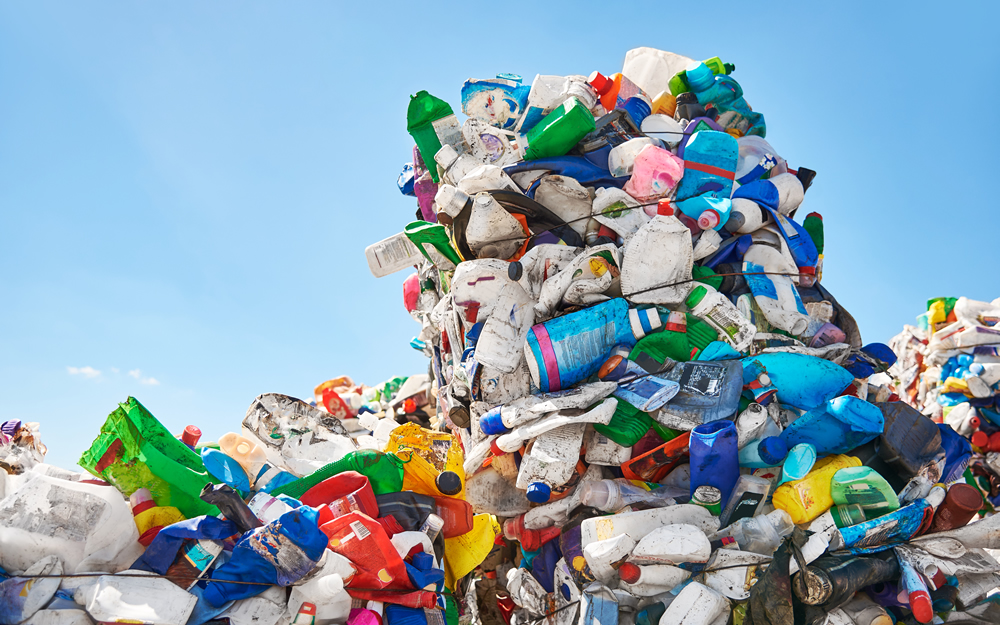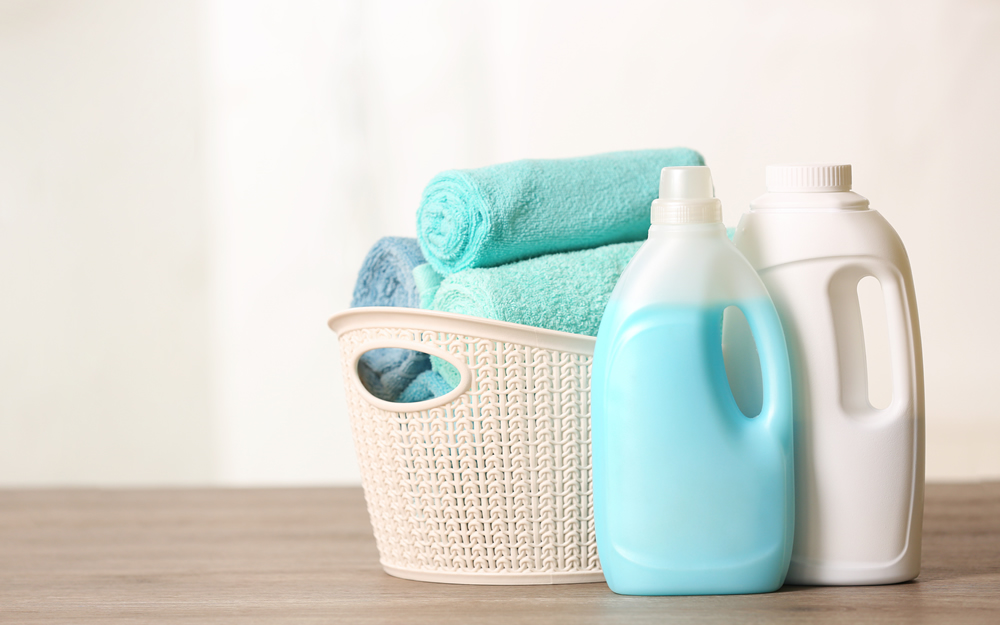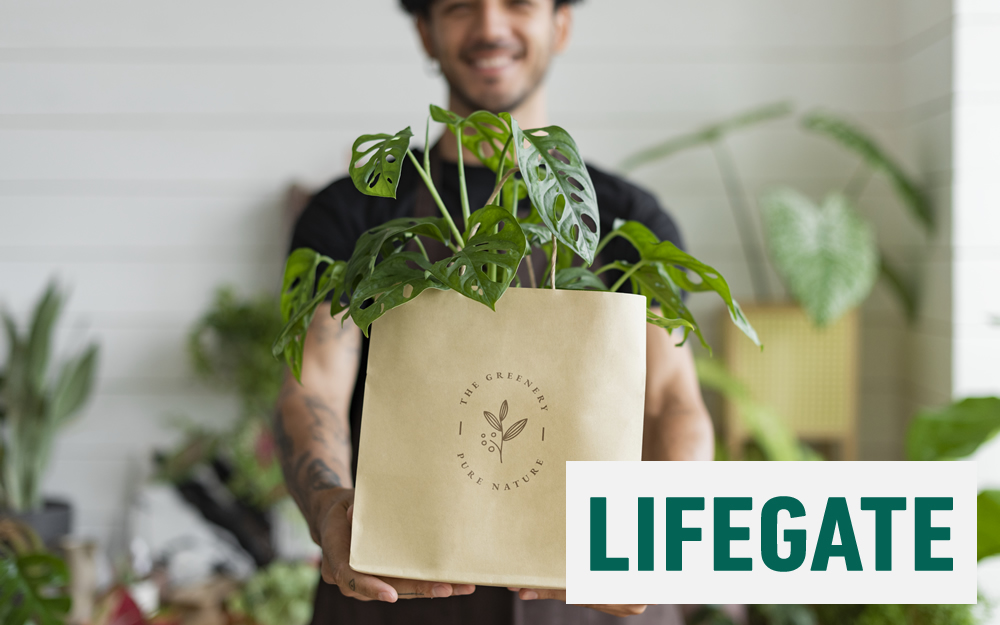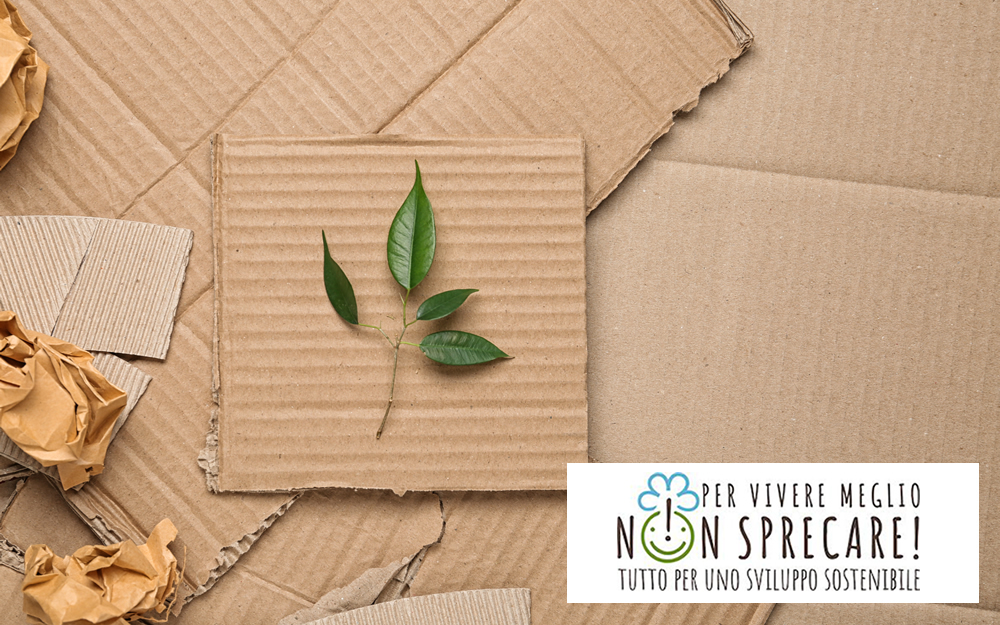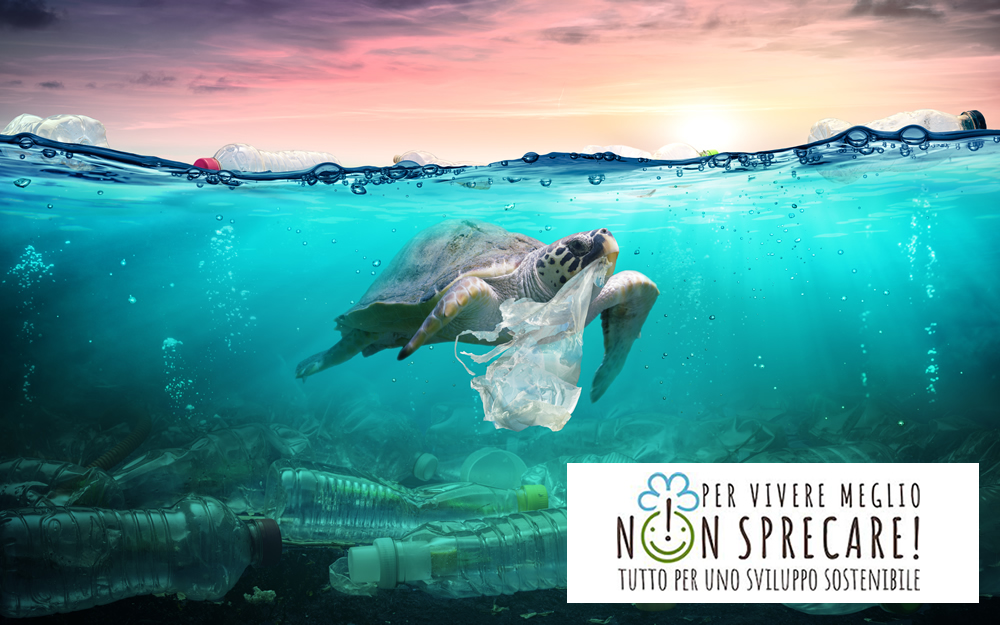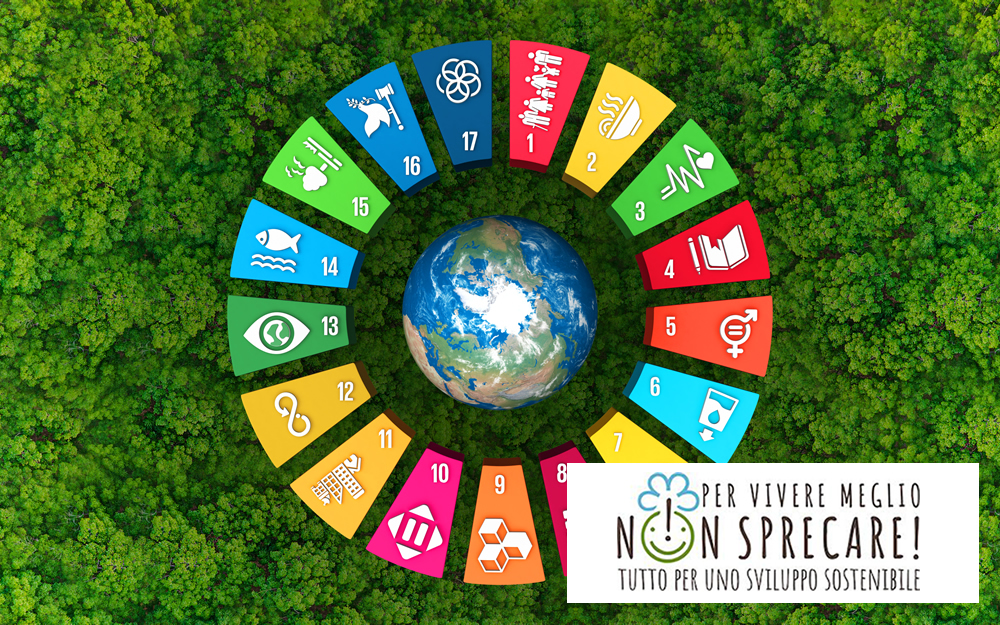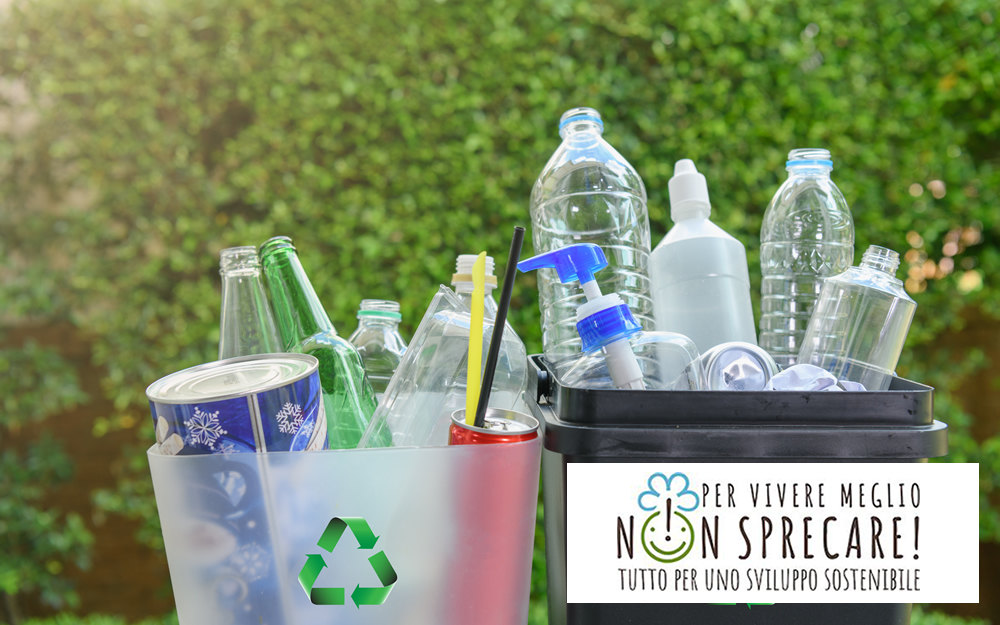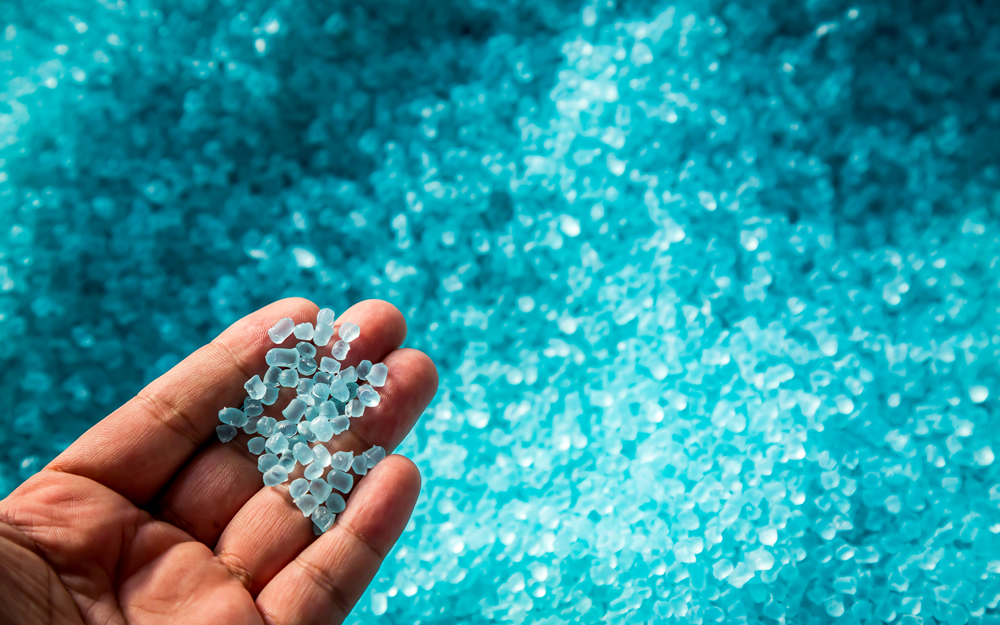- Home /
- Green solutions /
- Bioplastic: find out what it is and what are the advantages of this innovative sustainable material
Bioplastic: find out what it is and what are the advantages of this innovative sustainable material
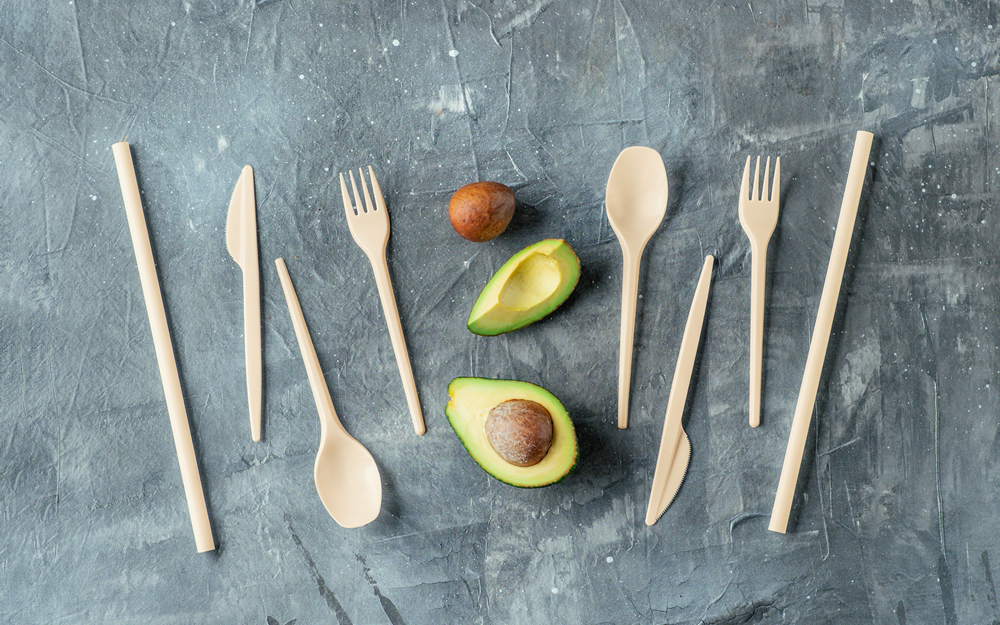
Bioplastic is produced from the fermentation of certain organic raw materials and it is very useful in limiting the use of traditional plastic. Let's see together how it can help the environment and what are its advantages.
What is bioplastic
We all know that traditional synthetic plastics pollute. Based on this premise, a new material, that promises to replace in the next few years all the plastic products currently in use, has been created: it’s called bioplastic.
This innovative material derives from organic raw materials (like for example cellulose, potato starch or sugar cane). Its natural origin allows to reduce environmental impact because, depending on the material from which it is produced, it is more or less biodegradable.
Different types of bioplastics
There are three different types of bioplastic, depending on the type of disposal and degradation:
- Biodegradable bioplastic: decomposes when exposed to air;
- Compostable bioplastic: becomes compost thanks to fungi, bacteria and enzymes, if taken to specific industrial plants;
- Non-biodegradable bioplastic: in this case the vegetable raw materials are mixed with non-biodegradable plastic polymers.
So, there are different types of bioplastics and different degrees of biodegradability; these are important factors to take into consideration before making a purchase.
How is bioplastic produced?
The production line of bioplastic differs depending on the raw material chosen. "Bio-based" bioplastics can be produced partially or entirely with plant biomass, for example using renewable resources such as plants, algae, marine organisms or organic waste (sugar cane or corn starch). These materials ferment when in contact with bacteria and yeasts, thus creating various products. Some bioplastics, defined “durable”, are instead mixed with petroleum-based plastic polymers.
Pros and cons of bioplastic
Bioplastic production aims at mimicking the texture of traditional plastic. Today, in fact, there are already various types of bioplastic packaging: trays, films, cups, bags, bottles and much more. But what are the pros and cons?
The pros of bioplastic:
- less environmental impact;
- greater possibility of recycling;
- use of renewable resources.
The cons of bioplastic:
- high production costs (this is the reason we are not able to completely replace the consumption of current fossil derivatives yet);
- pollution from transport.
Changing our habits to reduce environmental impact
To reverse the trend, in addition to introducing less polluting materials like bioplastics, the European SUP directive1, which prohibits the use of single-use plastic, came into force on January 14th.
That said, the choices of each and every one of us are the true forces of change.
Would you like to do your part? Eliminate plastic bottles and replace them with reusable water bottles and pitchers.
Help in this regard also comes from the Acea Waidy Wow app, which allows you to monitor your environmental impact and find the nearest public fountain to fill up your water bottle and limit the use of plastic.
1 Source: European SUP directive



